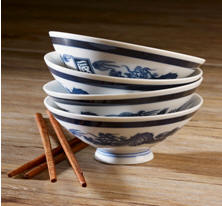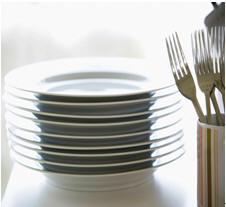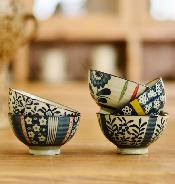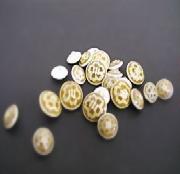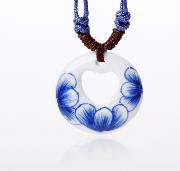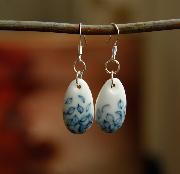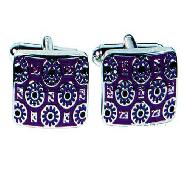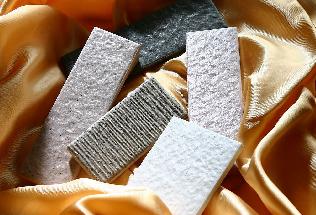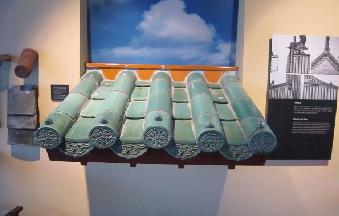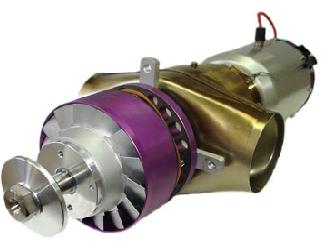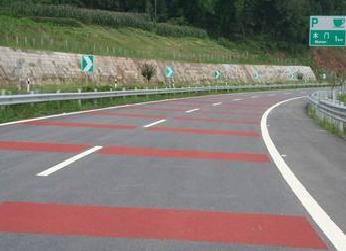
Ceramics is widely used in our everyday lives, from food, clothes, housing, travel, education, music, art... and so on. Below we have provided brief description of its use with "food, clothes, housing and travel".

Ceramics is widely used in food. People in China pay attention to the art of eating and the style of tableware is very elegant, for example: rice bowls, soup bowls, small / big plates, some are round or square, some are deep or shallow. We will use them in different dining atmosphere.
| Rice Bowls | Bowls and Spoons | Plates | Soup Bowls |

Ceramics are mostly used with apparel accessories or ornaments for clothing. Before the era of metal based products became widespread, ancient civilizations’ jewelry used multiple stone or ceramic-based materials. There are still many ornaments of beauty, made with ceramics, like buttons, cufflinks, necklaces, earrings and so on.
| Button | Necklace | Earring | Cufflink |

Floor tiles along with other types of tiles are the most common ceramic product used in construction and decoration. In ancient architecture, ceramics were the essential building materials used for the main elements of architecture, such as roof tiles, bricks and so much more. Today it is one of the most important building materials used to decorate modern buildings and well as historic buildings, like a colorful coat for your dwellings that protects as well as adorns.
| Brick | Roof Tile |

Ceramic is used mostly on roads, as paving bricks. The lines on the highway used to separate car lanes are made of ceramic, because the ceramic can reflect a vehicle’s lights at night clearly, so our drivers can recognize lanes easily, plus it can withstand high abrasion from the wheels of vehicles. On the other hand, the vehicle engine and the high temperature resistant insulator of the space shuttle also use ceramic.
| | |
| Vehicle Engine | Traffic Lines |
Learn More:
1) History of the Ceramics
Ceramics is generally believed to have originated in China. Porcelain manufactured during the Tang Dynasty period (618–906) was exported to the Islamic world, where it was highly prized. By the Sui (about 580 AD) and Tang (about 620 AD) dynasties, porcelain had become widely produced.
2)Porcelain Capital: Jingdezhen
Jingdezhen is located in Jiangxi Province. Jingdezhen's porcelain has been famous not only in China but also in other countries. It became known internationally for being "as thin as paper, as white as jade, as bright as a mirror, and as sound as a bell". Jingdezhen's natural resources include kaolin, coal, manganese, and lime, but it is the kaolin that has made the city famous in China and the world. For over a millennium, its unique kaolin has enabled Jingdezhen to make highquality porcelain.
3)How to make porcelain? [View More]

More news of Ceramics / Porcelain:
Top 5 Ceramics Production Areas in China
Written by Dora Men
